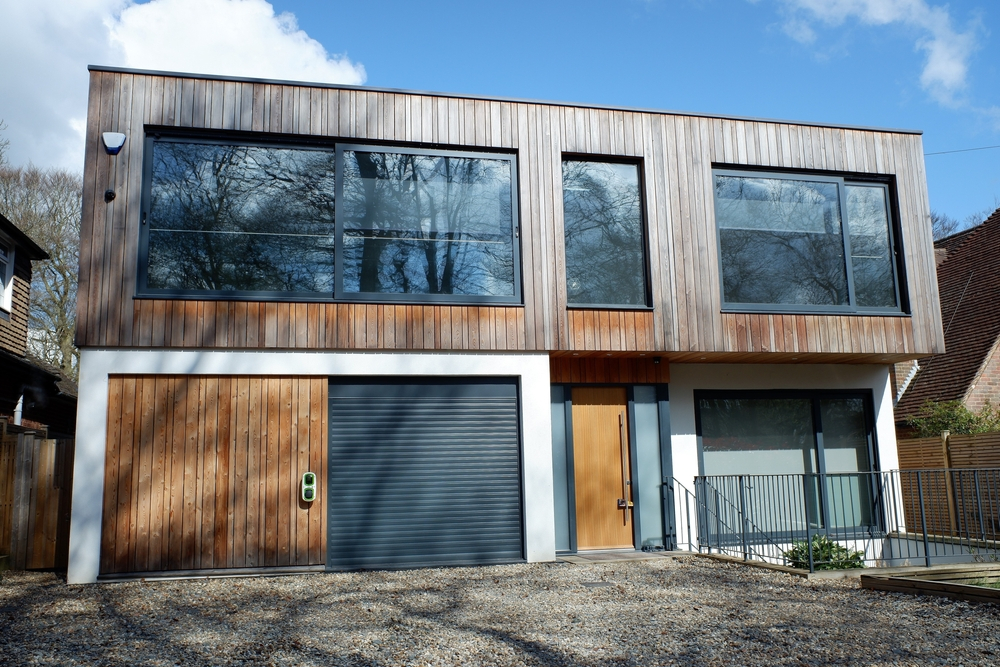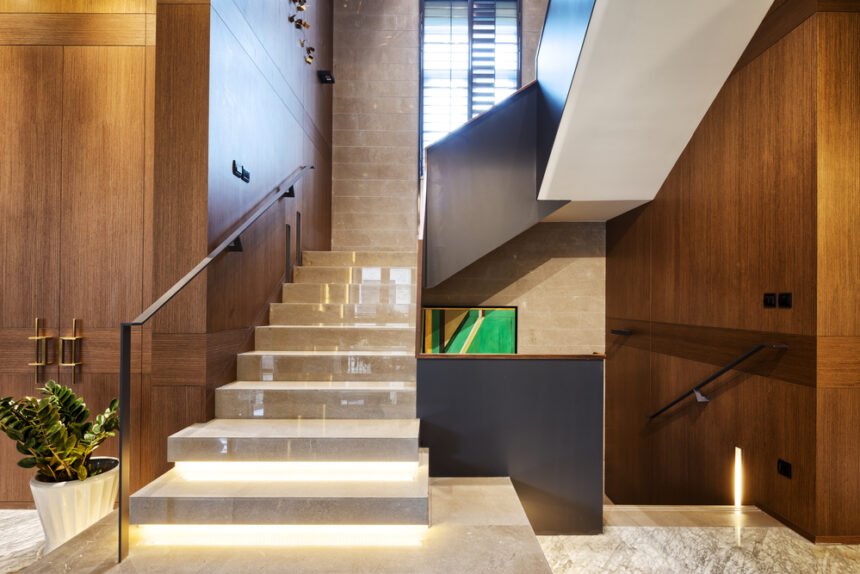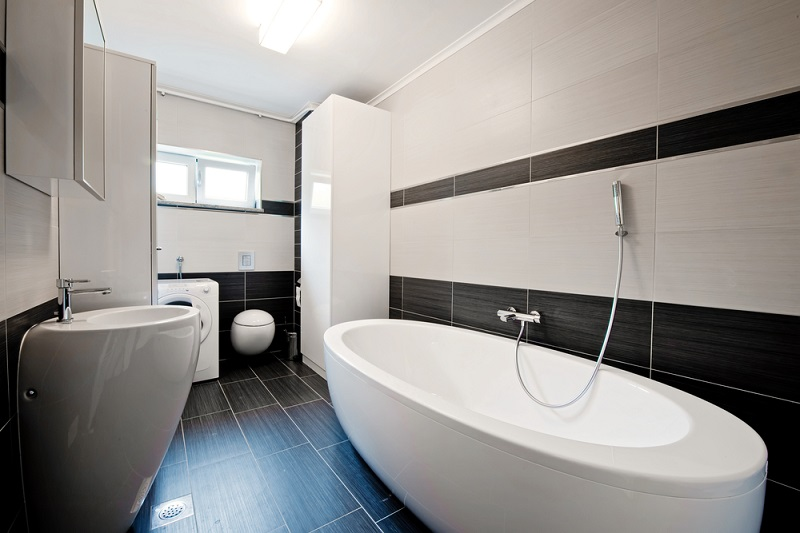Have you ever walked past a building and wondered what gives its exterior such character? Or marveled at a modern home’s sleek façade and thought, “How do they achieve that fresh, contemporary look?” Architectural cladding might be the answer you’ve been looking for. In a world where first impressions are everything, cladding plays a crucial role in how your building or home appears to visitors, neighbours, and the broader community.
You’ll discover how the right architectural cladding choice can enhance your property’s resilience, energy efficiency, and aesthetic appeal. From stylish timber and timeless brick to futuristic composite panels, there’s a cladding style for every type of project.
What Is Architectural Cladding and Why Is It Important?
What Is Architectural Cladding?
Architectural cladding refers to an external layer or “skin” applied to a building’s structure. It can be made up of an array of materials, from natural timber to high-tech composite panels. This layer isn’t typically load-bearing, which means it doesn’t hold up the building’s weight. Instead, cladding’s purpose is to protect the underlying structure and offer a finished look.
A cladding system might feature insulation, water barriers, or air gaps, depending on its design. By covering walls with this outer shell, you shield the property from weather damage and help regulate indoor temperature.
Why Is Cladding Important?
If you want a façade that both looks and performs well, cladding is absolutely key. Thanks to its protective layer, you can minimise damage over time and prolong the life of your property.
On top of that, many cladding materials improve a building’s insulation capabilities, helping to maintain a comfortable indoor temperature year-round.

Key Considerations Before Choosing a Cladding Design
Budget, Maintenance, and Aesthetic Goals
Setting a realistic budget for your cladding project is crucial. Cladding materials vary significantly in price, and additional items like labour and specialised treatments can push costs higher. Timber may cost less initially, but it often needs regular sealing or painting to maintain its appeal. Stone cladding commands a premium price tag, yet it usually offers a long-running lifespan.
Maintenance is another key factor. If you don’t fancy resealing or repainting your exterior every few years, you may prefer materials such as metal or fibre cement.
Energy Efficiency and Insulation Needs
Choosing a cladding material that adds an extra insulation layer can significantly improve indoor comfort. Timber, brick veneer, or certain composite options may provide a degree of energy efficiency, helping to keep your indoor spaces warm in winter and cool in summer.
If top-notch insulation is at the forefront of your plan, investigate materials with proven performance ratings. You might add insulation boards or reflective foils behind the cladding to level up its effectiveness.
Understanding Material Lifespan and Durability
Every material has its strengths and weaknesses when it comes to durability. Timber requires diligence in terms of sealing, while metal can dent if struck with enough force. Fibre cement stands up strongly to heat, pests, and water damage, whereas natural stone tends to last for decades but may require more specialised repairs if damage occurs.
The best approach is to match your cladding to the building’s function and nearby conditions. For instance, homes in bushfire-prone zones might require cladding that adheres to specific fire safety standards.
Popular Architectural Cladding Designs
Timber Cladding: Pros, Cons, and Versatile Applications
Timber cladding offers a warm and natural aesthetic that many Australians love, especially if you’re aiming for an earthy, eco-friendly vibe. Its texture adds character to both residential and commercial spaces, making it a versatile choice. Because timber can be shaped, stained, or painted to suit various tastes, it’s often found in modern architectural cladding designs as well as classic bungalows.
However, timber does need ongoing care. You might have to re-stain or treat your cladding every few years, especially in humid or coastal regions.
Metal Cladding: Modern Appeal and Low-Maintenance Benefits
Metal cladding, commonly crafted from aluminium or steel, has soared in popularity for contemporary builds. It creates a sleek, streamlined finish that suits modern aesthetics perfectly. One reason for this trend is that metal tends to be low-maintenance, resisting rot, insects, and other issues that can blight organic materials.
Though it can sometimes show dents or scratches, high-quality metal finishes often include protective coatings to minimise damage. For those living in coastal areas, aluminium cladding can be an excellent choice because of its strong resistance to corrosion.
Brick Veneer Cladding: Classic Style and Strength
Brick veneer provides the look of traditional brickwork without the full weight or expense of a solid brick structure. It’s considered a sturdy option that pairs well with a wide range of architectural styles, from Federation-era homes to sleek urban dwellings.
Brick veneer is typically quite robust and doesn’t require intense maintenance. You may need to check the mortar joints occasionally Its timeless aesthetic makes it appealing to property owners who want something that will remain fashionable in the years to come, and the sense of solidity can also boost resale value.
Fibre Cement Cladding: Durability in Challenging Environments
Fibre cement cladding has become a favourite across Australia, and it’s not hard to see why. This option is created by combining cellulose fibres, cement, and sand, forming a tough board that withstands rot, insects, and even bushfire conditions in certain configurations.
Beyond durability, fibre cement is flexible when it comes to design. It can mimic timber’s appearance or offer sleeker, more contemporary finishes. Installation is often straightforward, and future maintenance can be minimal just the odd repaint or inspection to ensure no cracks have formed in extreme temperature swings.
Stone Cladding: Luxury and Lasting Value
If you’re after a touch of luxury, stone cladding might be the answer. Whether you opt for sandstone, granite, or another stone, the result is a striking exterior that often finds favour with premium home-builders. Natural stone stands the test of time, maintaining its colour and texture for decades if installed correctly.
One drawback is the cost. Stone can be pricier to source, haul, and install, especially if high-skilled stonemasons are required. However, many believe the character and elegance stone brings is well worth the investment.
Emerging Cladding Trends
Sustainable Cladding Materials for Eco-Friendly Projects
With a growing focus on greener building practices, many architects and builders are exploring cladding that treads lightly on the planet. Reclaimed timber and recycled metal are prime examples of materials that reduce the environmental footprint of a project.
Opting for sustainable cladding can also enhance the energy performance of your home. Insulated panels that integrate recycled materials, for instance, can lessen your carbon footprint while keeping your indoor spaces comfortable
Mixed-Material Cladding and Contemporary Combinations
Why settle for just one cladding type when you can mix two or three for a truly unique style statement? These combinations break up large wall expanses and add visual interest, which can enhance curb appeal.
When planning a blended cladding design, balance is crucial. Mix materials that complement each other in tone, colour, and texture. For instance, pairing timber’s warmth with the cool, sleek lines of metal often produces a harmonious contrast.
Acrylic and Composite Panels for Innovative Designs
Acrylic and composite panels are increasingly capturing attention in the cladding world. These panels are typically lightweight yet strong, thanks to modern manufacturing processes that blend plastics with reinforcing elements.
Architects aiming to achieve bold, futuristic exteriors often turn to these panels to create curved, mirrored, or vibrantly coloured façades. In addition to their striking appearance, acrylic and composite panels can be relatively simple to install and maintain.

Practical Tips for Your Cladding Project
Assessing Your Location and Environment
Before you settle on a cladding type, look carefully at the environment around your property. If you’re in a bushfire zone, consult zoning regulations to confirm your chosen design meets fire safety standards. If your property stands by the coast, opt for materials that can withstand salt-laden air.
While aesthetics matter, don’t underestimate the effect of local conditions on maintenance needs and long-term performance. If you choose timber in a region prone to termites, make sure your material has undergone the correct treatments.
Selecting the Right Contractors and Suppliers
Even the biggest cladding project will lack impact if it’s not installed properly. Skilled contractors bring knowledge and expertise to the table, ensuring correct weatherproofing, sealing, and finishing. To find the right team, ask for referrals, read online reviews, and consider requesting multiple quotes for a detailed comparison.
Additionally, working with reliable suppliers can go a long way in preventing delays or setbacks. Investigate whether your chosen supplier offers warranties or after-sales support.
Balancing Cost, Quality, and Long-Term Value
When planning your cladding project, it’s easy to focus only on upfront costs. However, prioritising cheaper materials might lead to higher maintenance or replacement expenses in the future. Think about how long you want the cladding to last, how much energy it may save, and how it might impact your home’s overall value before settling on the lowest price tag.
Sometimes, paying a bit more upfront can yield a smoother, worry-free experience for years to come. A premium material like stone or high-quality metal might better withstand extreme conditions than a cheaper alternative.
Conclusion
Summing up everything we’ve explored, architectural cladding can dramatically transform both the look and function of your property. Ultimately, architectural cladding is an exciting opportunity to give your property a stylish, protective finish one that stands the test of time. From low-maintenance metal to timeless brick veneer or vibrant composite panels, you can create a façade that truly reflects your taste. If you keep these tips and insights in mind, you’re all set to get started on making your cladding vision a reality.



